Minecraft: A Cultural Phenomenon
Minecraft is a sandbox video game developed by Swedish game developer Markus “Notch” Persson and released by Mojang Studios. The game allows players to build with a variety of blocks in a three-dimensional procedurally generated world. Players can build anything from simple homes to elaborate castles, and explore the world at their own pace.
Minecraft has been a critical and commercial success, selling over 238 million copies worldwide. The game has been praised for its creativity, open-ended gameplay, and educational value.
What makes Minecraft so popular?
There are a few reasons why Minecraft is so popular. First, the game is very open-ended. Players can choose what they want to do, and there are no set goals or objectives. This allows players to be creative and express themselves.
Second, Minecraft is very accessible. The game’s simple controls and graphics make it easy to learn and play. This makes it a great game for people of all ages and skill levels.
Third, Minecraft is very social. Players can play with friends online or in local multiplayer mode. This allows players to collaborate on projects and create a sense of community.
The impact of Minecraft
Minecraft has had a significant impact on popular culture. The game has been referenced in movies, television shows, and music. It has also inspired a number of other video games, toys, and merchandise.
Minecraft has also been used for educational purposes. The game has been used to teach students about science, math, and problem-solving. It has also been used to help students with disabilities learn and socialize.
The future of Minecraft
Minecraft is still a popular game, and it is likely to remain so for years to come. The game is constantly being updated with new features and content, which keeps players coming back.
Minecraft is also a versatile platform that can be used for a variety of purposes. The game has the potential to be even more popular in the future as it is used for new and innovative applications.


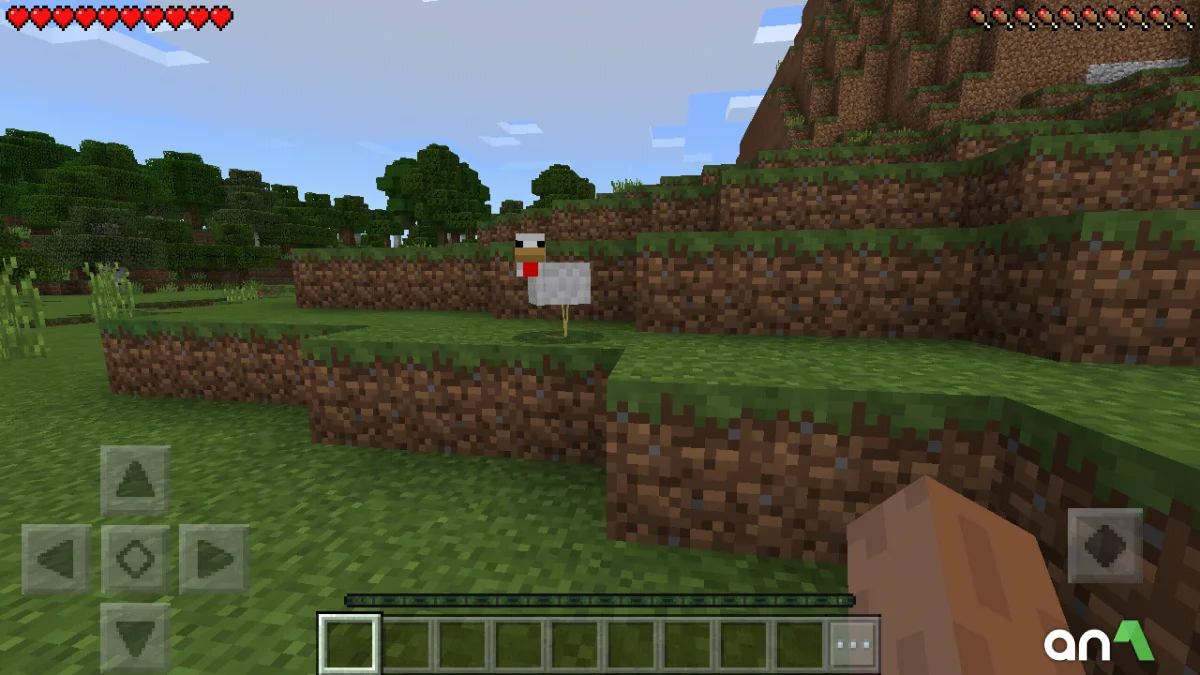
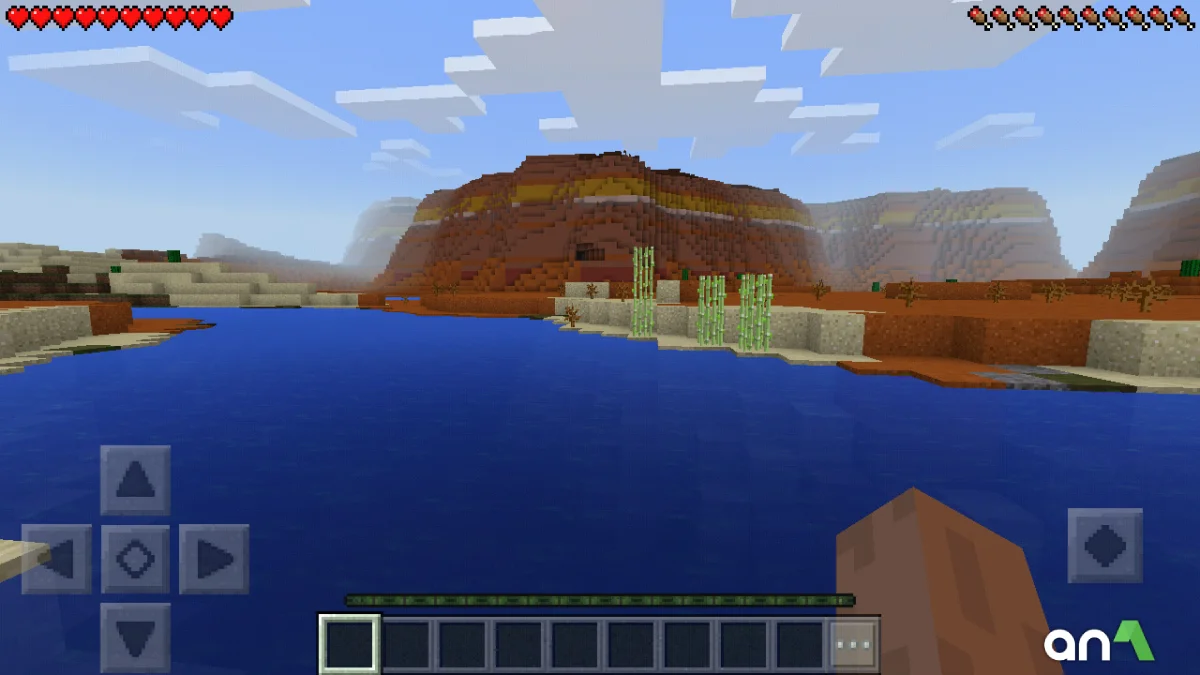
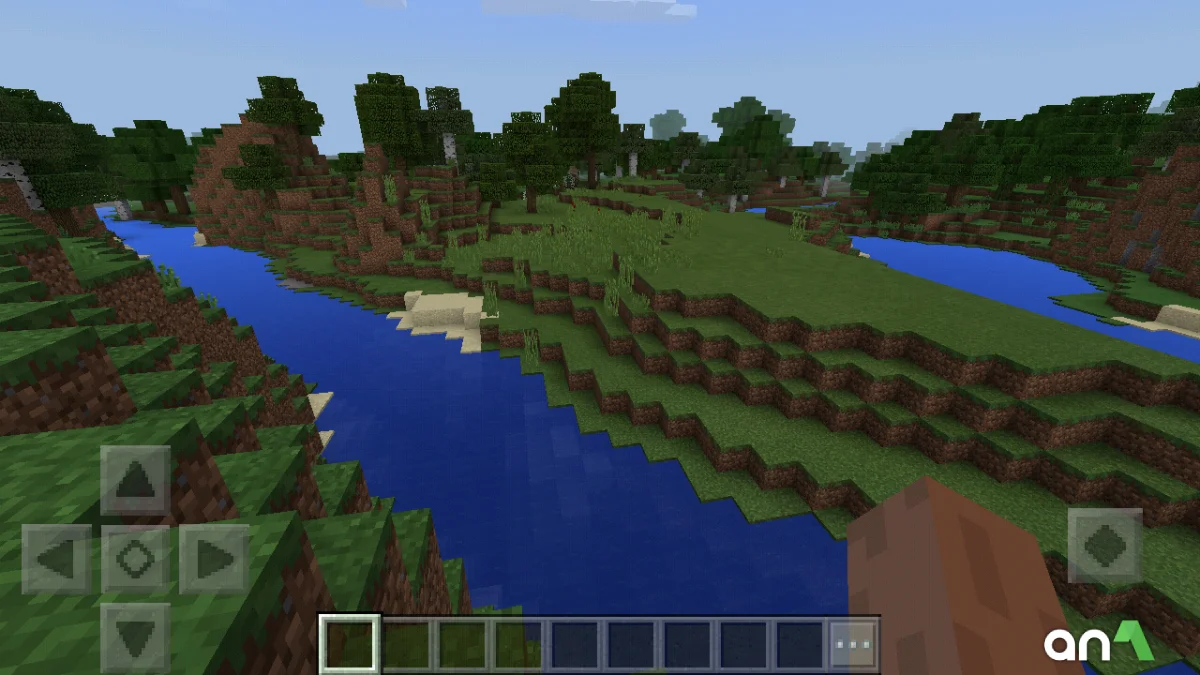
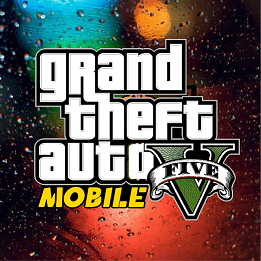

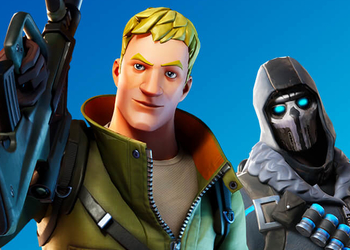

Share your comments!
Baikkk
173826282
Youuu
Lovo
Bu juda ajoyib oyin❤
I love minecraft
I love minecraft
It’s the best game
.
https://www.instagram.com/reel/C2ZWL_CIBkY/?igsh=aTZ6MWk2ZHBoaWJm
Please give me it
Please can you send me it
Buenas
my favorite game is Minecraft